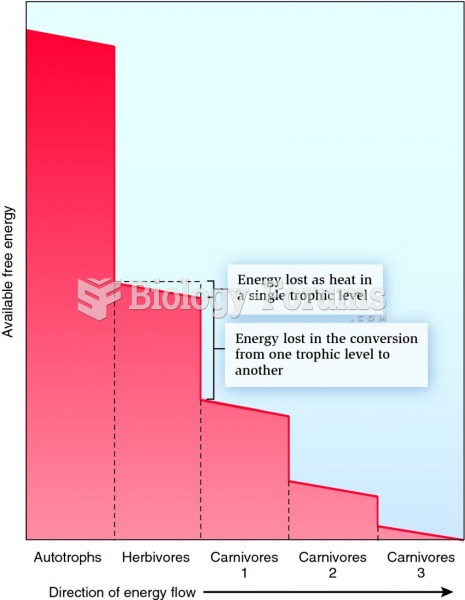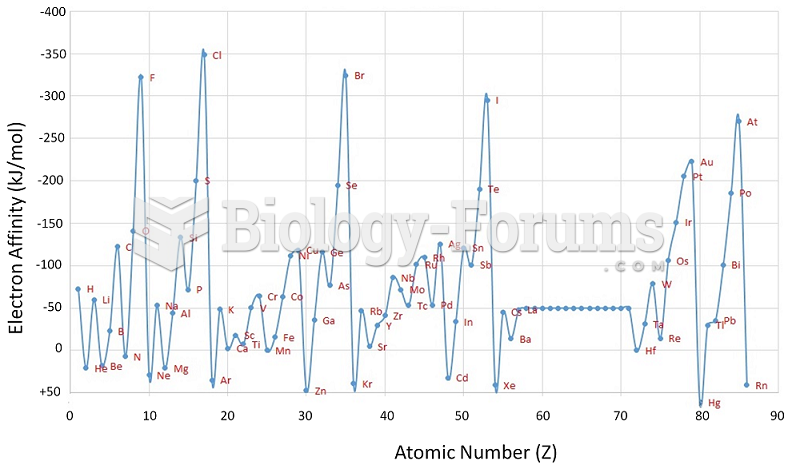Answer to Question 1
Answer: Sedimentary rocks result from external processes, including weathering, transport, and deposition. The energy to break down and move sediment comes ultimately from the sun. To get rocks to a place where they can be weathered, energy from plate tectonics must also be involved. Igneous rocks are certainly related to internal heat and plate tectonics; metamorphic rocks are also more internal-process related. A sedimentary rock that is going to be transformed into an igneous rock by melting will most likely first metamorphose as it warms up. So, metamorphic and igneous rocks form as a result of Earth's internal energy, the same energy that drives plate tectonics. The surface processes that generate, move, and dump sediments are ultimately driven by solar energy.
Answer to Question 2
Answer: More stable minerals, like quartz, are more resistant to weathering. Minerals that are less stable (less at equilibrium at Earth surface conditions) are less resistant to weathering; they fall apart more rapidly. Hence a tombstone made of granite will last longer than a tombstone made of marble or worse, rock salt. Warmer, wetter climates encourage weathering, as water helps facilitate chemical reactions like dissolution, oxidation, and hydrolysis, and more heat means more energy to drive those reactions. Steeper slopes are more likely to shed any sediment produced, meaning that physical weathering will dominate over chemical weathering. Shallower slopes tend to see less movement of the sediment that results from weathering, resulting in thick sections of rotted (chemically weathered) bedrock. The student could refer to Bowen's Reaction Series and discuss how silica content affects the surface stability of rocks.







